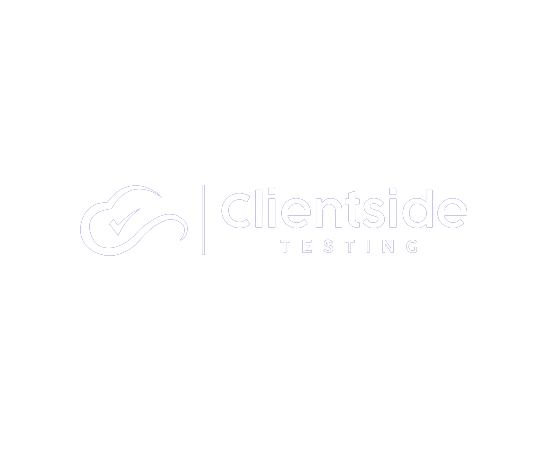The Future of Testing – Emerging Trends In Full-Time Employment.
Introduction:
Full-time employment, symbolised by the traditional 9-5 workday, has long been the norm in the corporate world. However, as the nature of work evolves and new technologies emerge, the future of full-time employment in testing is undergoing a transformation. In this exploration, we delve into the shifting landscape of full-time employment in testing and the emergence of flexible models that promise to redefine how testers work and thrive in the industry.
Remote Work Revolution:
- One of the most significant trends reshaping full-time employment in testing is the remote work revolution. Advancements in technology and changing attitudes toward work-life balance have fuelled the adoption of remote work models across industries, including software testing. Testers now have the flexibility to work from anywhere, leveraging collaboration tools and cloud-based testing environments to conduct their work seamlessly. This shift toward remote work offers testers greater autonomy over their schedules, enabling them to balance work commitments with personal responsibilities and preferences while maintaining full-time employment status.
Flexibility in Work Hours:
- As remote work becomes more prevalent, so too does the demand for flexibility in work hours. Traditional notions of the 9-5 workday are giving way to more flexible schedules that accommodate the diverse needs and lifestyles of testers. Flextime arrangements, compressed workweeks, and asynchronous work hours are becoming more common, allowing testers to choose when they work based on their individual preferences and peak productivity hours. This flexibility empowers testers to optimise their work-life balance while remaining fully committed to their full-time employment roles.
Results-Oriented Culture:
- In the future of full-time employment in testing, the focus is shifting from clocking hours to delivering results. Instead of adhering to rigid schedules, testers are encouraged to prioritise outcomes and goals, with performance measured based on the quality and impact of their work rather than the time spent at their desks. This results-oriented culture fosters a sense of ownership and accountability among testers, empowering them to manage their time effectively and deliver exceptional results while maintaining their full-time employment status.
Integration of Automation and AI:
- Automation and artificial intelligence (AI) are revolutionising the testing landscape, offering new opportunities to streamline workflows, increase efficiency, and enhance testing capabilities. With the rise of automated testing tools and AI-powered testing solutions, testers can automate repetitive tasks, accelerate testing cycles, and uncover insights that were previously inaccessible. This technological advancement complements full-time employment in testing by enabling testers to focus on strategic activities while leveraging automation and AI to augment their efforts.
Evolving Work Models:
- The gig economy, characterised by short-term contracts and freelance work, is gaining momentum in the testing industry. While full-time employment remains prevalent, testers are increasingly embracing gig-based opportunities to supplement their income or pursue specific projects of interest. This hybrid approach allows testers to enjoy the stability of full-time employment while exploring freelance opportunities on the side, providing additional flexibility and diversity in their work experiences.
Conclusion:
The future of full-time employment in testing is evolving in response to changing work dynamics, technological advancements, and shifting attitudes toward work-life balance. As remote work, flexibility in work hours, results-oriented cultures, automation, and the gig economy continue to reshape the testing landscape, testers are poised to thrive in a dynamic and adaptable work environment.
By embracing flexibility, adapting to new ways of working, and leveraging technology to augment their efforts, testers can navigate the evolving landscape of full-time employment in testing with confidence and resilience.

